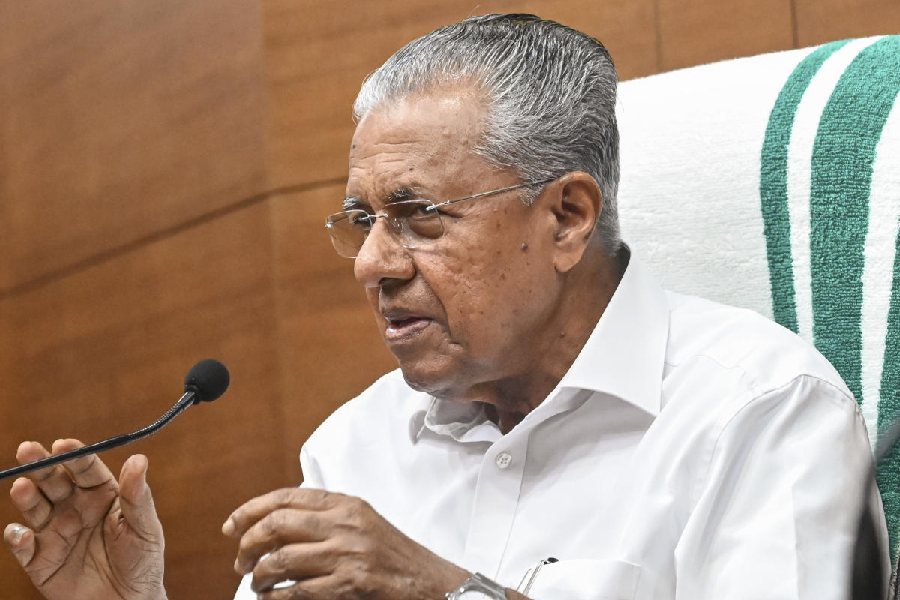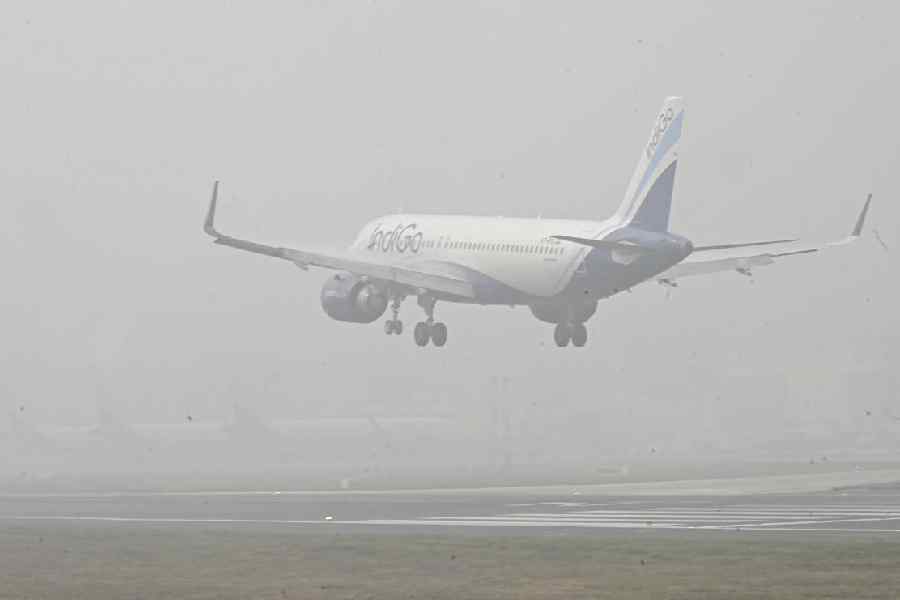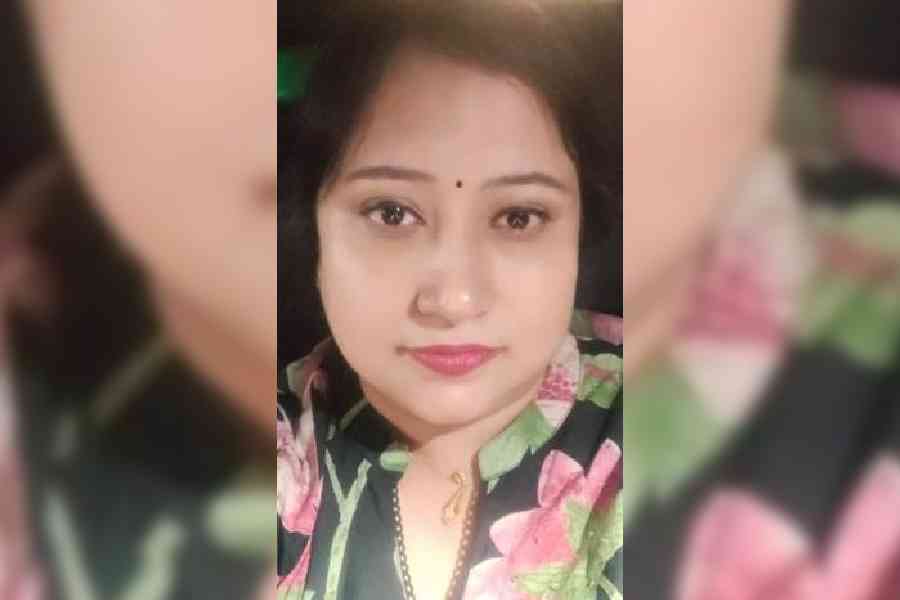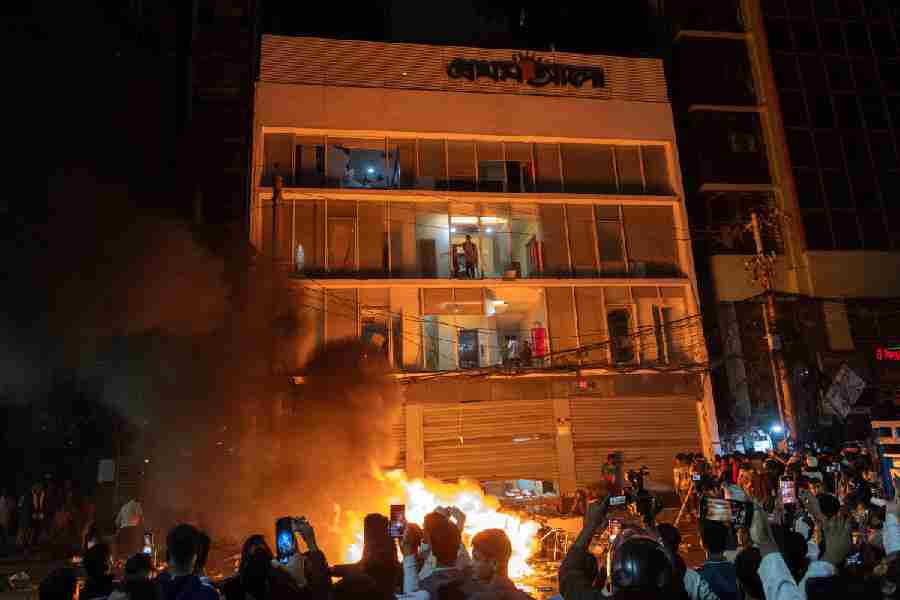Anubhav, presented by the Nehru Children’s Museum (Academy of Fine Arts, May 17), showed that social problems, and the conflict arising from them, can never be far from the concerns of theatre ? even if the troupe comprises children grappling with the so-called grown-ups’ issue of troubled marriages. The cast, trained by the veteran Ramaprasad Banik, delivered a nuanced performance, even though the portrayals bordered on the slapstick at times. The play started out by recreating an idyllic school ? Bireshwar Mission in Purulia ? where the teachers and students live together as a happy family. The drama hinged on how a bright boy of the school managed to reconcile his parents on the brink of divorce with a little help from his friends. Souradeep Roy was impressive as the neurotic PT teacher. But the ending was rather simplistic, even for a children’s play.
Satadru Ojha
Suralok and Srijani’s joint production, ‘Kabi Pranam’ (Gyan Manch, May 21), proved once again that the audience is hardly ever a conscious or a discerning one. Nandini Gangopadhyay and Basabi Dutta stood apart from the rest, though. Dutta’s Phirey esho bondhu hey, in particular, was a sincere rendition in tappa. Prem Chirantan, the dance-and-song ensemble, proved to be a thoughtfully conceived one, stringing toge-ther portions from Shyama and Shaapmo-chan to showcase the presence of undying love in the poet’s creations. Odissi danse-use Alakananda Ray lent more vibe and character to the protagonist Shyama, than did her singing counterpart Apala Basu.
Mohua Mitra
Metropolitan Art Salon is currently holding an exhibition of paintings, ceramics and papier-mache creations by seven young artists. Asis Chowdhury, trained at Santiniketan and Sriniketan, showed his attractive ceramic items, while Akashdip Kundu, a diploma-holder from Rabindra Bharati and International Art (Japan), displayed his colourful masks. Mitra Ray in her water-colour pieces proved her technical mettle by simulating ripples in village ponds and similar water bodies. Arup Lodh demonstrated his virtuosity in a couple of realistic essays, including Dense Observation, while Madhumita Daw’s conventionally delineated rural landscapes and Suchandra Sur’s pleasing naturescapes complemented the semi-abstract imagery of Sukla Paul’s pictures.
Samir Dasgupta










